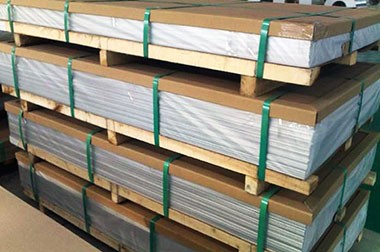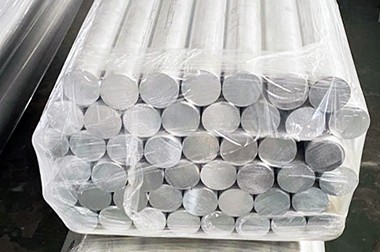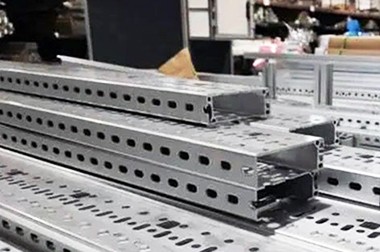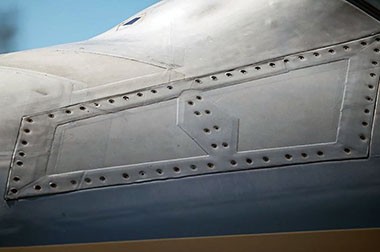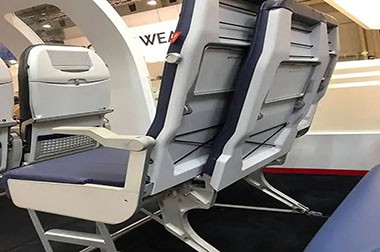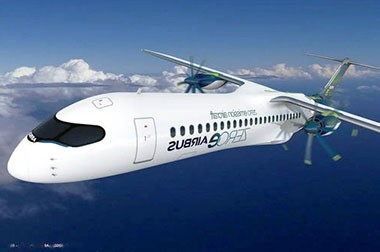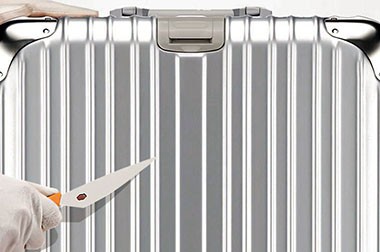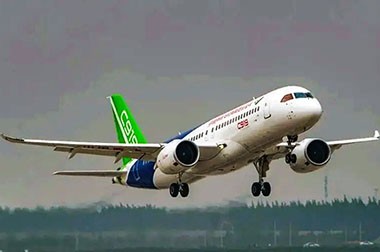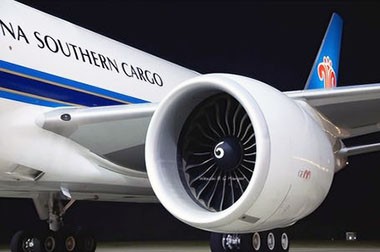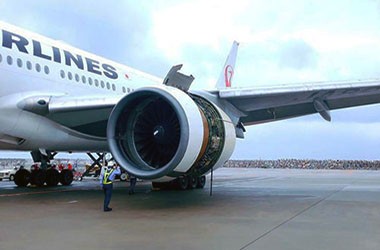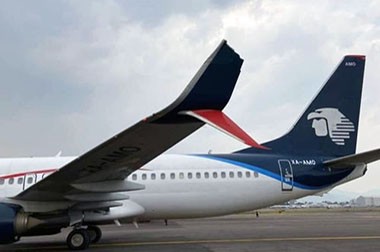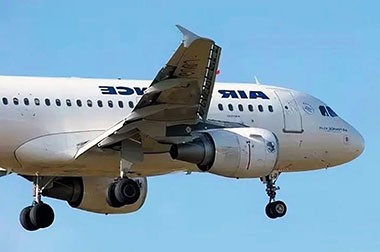6061 Aircraft Aluminum for Seat Legs
In the design of aircraft seats, 6061 aluminum alloy is commonly used for manufacturing legs and connectors. These structures not only need to support the weight of passengers but also withstand various stresses during flight. The strength and stability of 6061 aluminum alloy ensure the safety and reliability of seats in various conditions.
6061 aluminum alloy is widely used in the leg sections of aircraft seats, providing the necessary strength and stability to ensure safety and comfort during use. This material exhibits good impact resistance, effectively absorbing shock forces when passengers enter and exit the seats, reducing structural damage.
Why Choose 6061 Aluminum for Aircraft Seat Legs
- 1. Good Mechanical Properties: 6061 aluminum alloy has high tensile and yield strength, capable of withstanding various forces experienced during flight and landing, ensuring seat stability and safety.
- 2. Lightweight: The low density of 6061 aluminum alloy reduces the weight of seat legs, effectively lowering the overall weight of the aircraft, improving fuel efficiency, and facilitating passenger access.
- 3. Good Corrosion Resistance: After anodizing treatment, 6061 aluminum alloy forms a hard oxide film on its surface, resisting oxidation and corrosion, making it suitable for use in humid and variable aviation environments.
- 4. Excellent Weldability and Machinability: 6061 aluminum alloy offers good welding performance, allowing effective connections with other materials. Additionally, its excellent machinability facilitates easy shaping and processing during manufacturing, meeting complex design requirements.
- 5. Fatigue Resistance: 6061 aluminum alloy exhibits good fatigue performance under repeated stress, which is crucial for the long-term use of aircraft seat legs, effectively extending their lifespan.
Aircraft Seat Leg 6061 Aluminum Product Forms
The application of 6061 aluminum alloy in seat legs is realized in the form of aluminum tubes, profiles, and plates, providing a lightweight, high-strength, and durable solution, combined with its excellent mechanical properties and processing characteristics. These material forms ensure the safety and comfort of seats during aircraft use, meeting the high standards of the aerospace industry.
1. 6061 Aluminum Tube
Application: 6061 aluminum tubes are commonly used in the leg sections of aircraft seats, supporting the seats with their excellent strength and lightweight characteristics.
Advantages:
- Lightweight: The design of aluminum tubes allows for necessary strength while minimizing overall weight.
- Bending Resistance: Due to their circular cross-section, aluminum tubes effectively resist bending and deformation, enhancing seat stability.
- Easy to Process: Aluminum tubes can be processed through cutting, bending, and welding, making it convenient to meet various design requirements.
2. 6061 Aluminum Profile
Application: 6061 aluminum profiles are suitable for creating complex structures in seat legs, such as connectors and support components.
Advantages:
- Design Flexibility: Aluminum profiles can be designed into various shapes and cross-sections as needed, adapting to multiple mounting and connection methods.
- Strength: Even in lightweight configurations, aluminum profiles still provide sufficient structural strength to ensure safety.
- Versatility: The diversity of aluminum profiles allows them to be used for combining different components, improving overall design efficiency.
3. 6061 Aluminum Plate and Sheet
Application: 6061 aluminum plates are often used for the base and connecting parts of seat legs, providing additional support and stability.
Advantages:
- Strength and Stability: The thickness of aluminum plates can be adjusted as needed to increase load-bearing capacity, ensuring stability under high loads.
- Weldability: 6061 aluminum plates are easy to weld, allowing for tight connections with other components to form a sturdy structure.
- Surface Treatment: Aluminum plates can undergo anodizing and other treatments to enhance corrosion resistance and wear resistance, extending their lifespan.
Chemical composition of 6061 aluminum
| Element | Composition % |
| Si | 0.4-0.8 |
| Fe | 0.7 |
| Cu | 0.15-0.4 |
| Mn | 0.15 |
| Mg | 0.8-1.2 |
| Cr | 0.04-0.35 |
| Ni | - |
| Zn | 0.25 |
| Ti | 0.15 |
| Each | 0.05 |
| Total | 0.15 |
| Al | Remainder |
As a material for seat legs, 6061 aluminum alloy fully utilizes its superior mechanical properties and lightweight characteristics, providing the necessary strength and stability for aircraft seats. The application of this material not only enhances the safety of the seats but also offers passengers a more comfortable flying experience. With the development of the aviation industry, the use of 6061 aluminum alloy will continue to provide strong support for the design and manufacturing of aircraft seats.
Users viewing this material also viewed the following
-
6061 T6 T651 Aircraft Aluminum Plate Sheet
6061 aircraft aluminum plate is a commonly used aluminum alloy material, widely used in aerospace, automobiles, ships, construction and machinery manufacturing.
-
6061 Aerospace Aluminum Bar Rod
6061 aerospace aluminum bar is a common aluminum alloy material widely used in aerospace, automotive, and mechanical manufacturing industries.
-
6061 Aerospace Grade Aluminum Forgings
6061 aluminum forgings are widely used in the aerospace field, mainly due to their excellent mechanical properties, good corrosion resistance, and good machinability.
-
6061 Aircraft Aluminum Tube Pipe
6061 aircraft aluminum tube belongs to the 6061 series aluminum alloy, the main components include aluminum, magnesium and silicon, with good mechanical properties and corrosion resistance.
-
6061 Extruded Aluminum Profile for Aerospace
6061 extruded aluminum is an aluminum alloy primarily composed of aluminum, magnesium, and silicon, 6061 Extruded Aluminum Profile is commonly used to manufacture structural parts, tubes, profiles, and various industrial applications.

